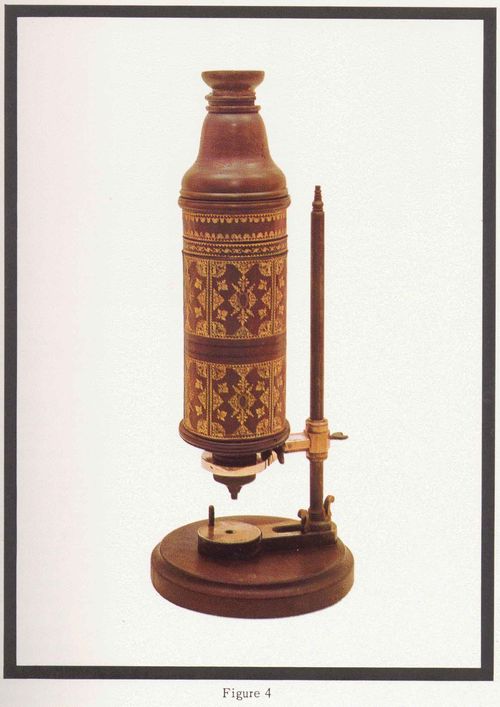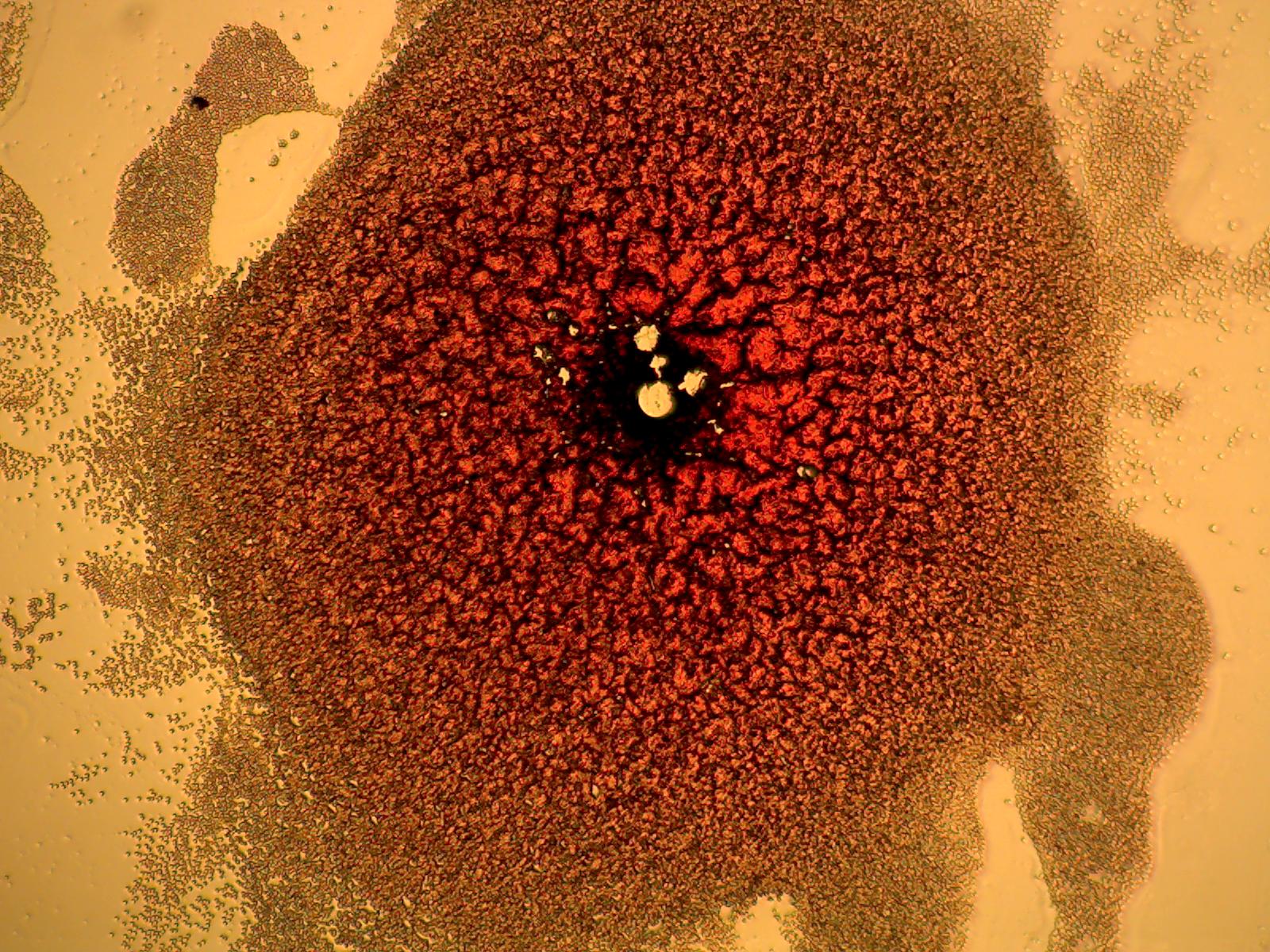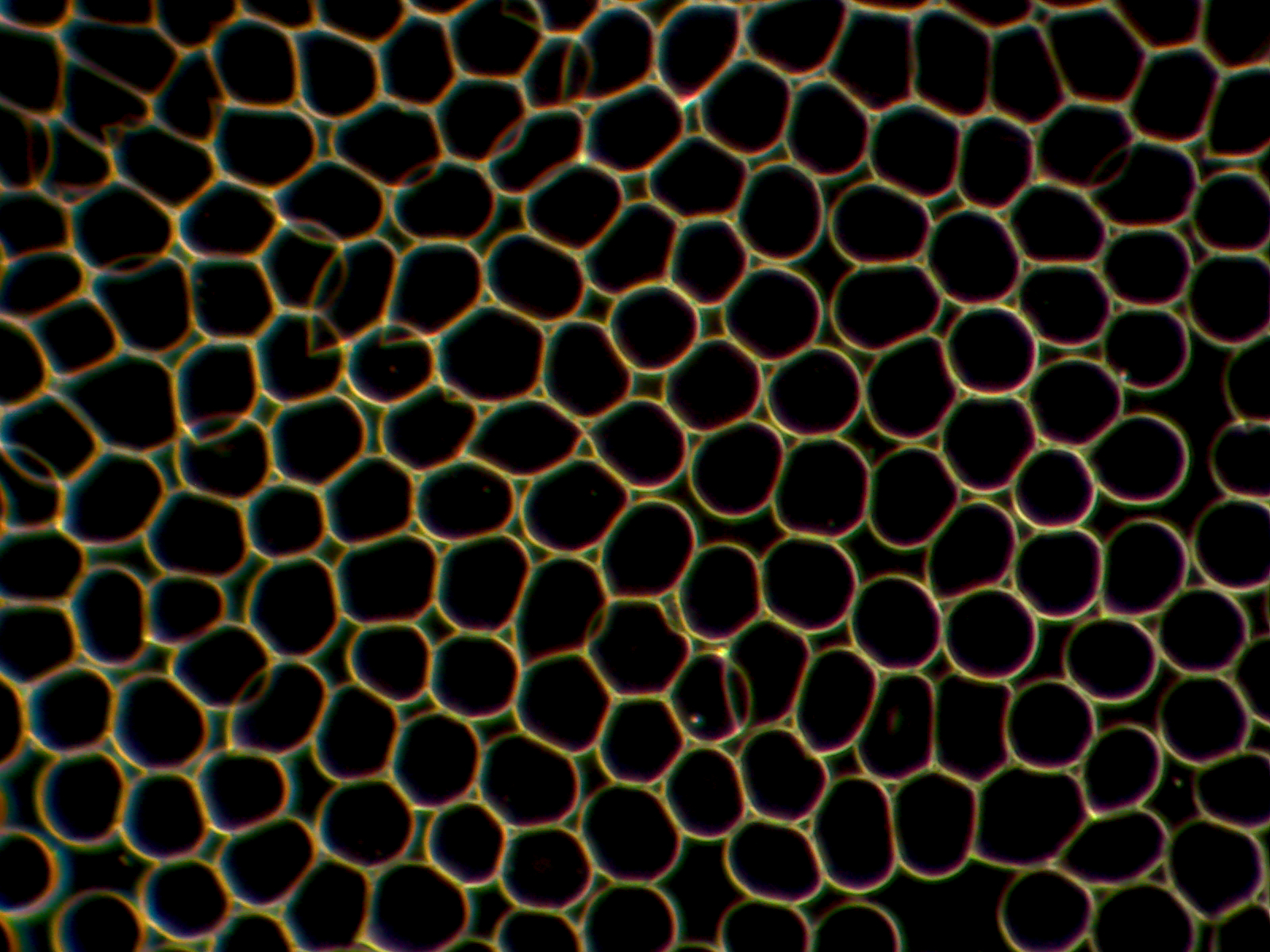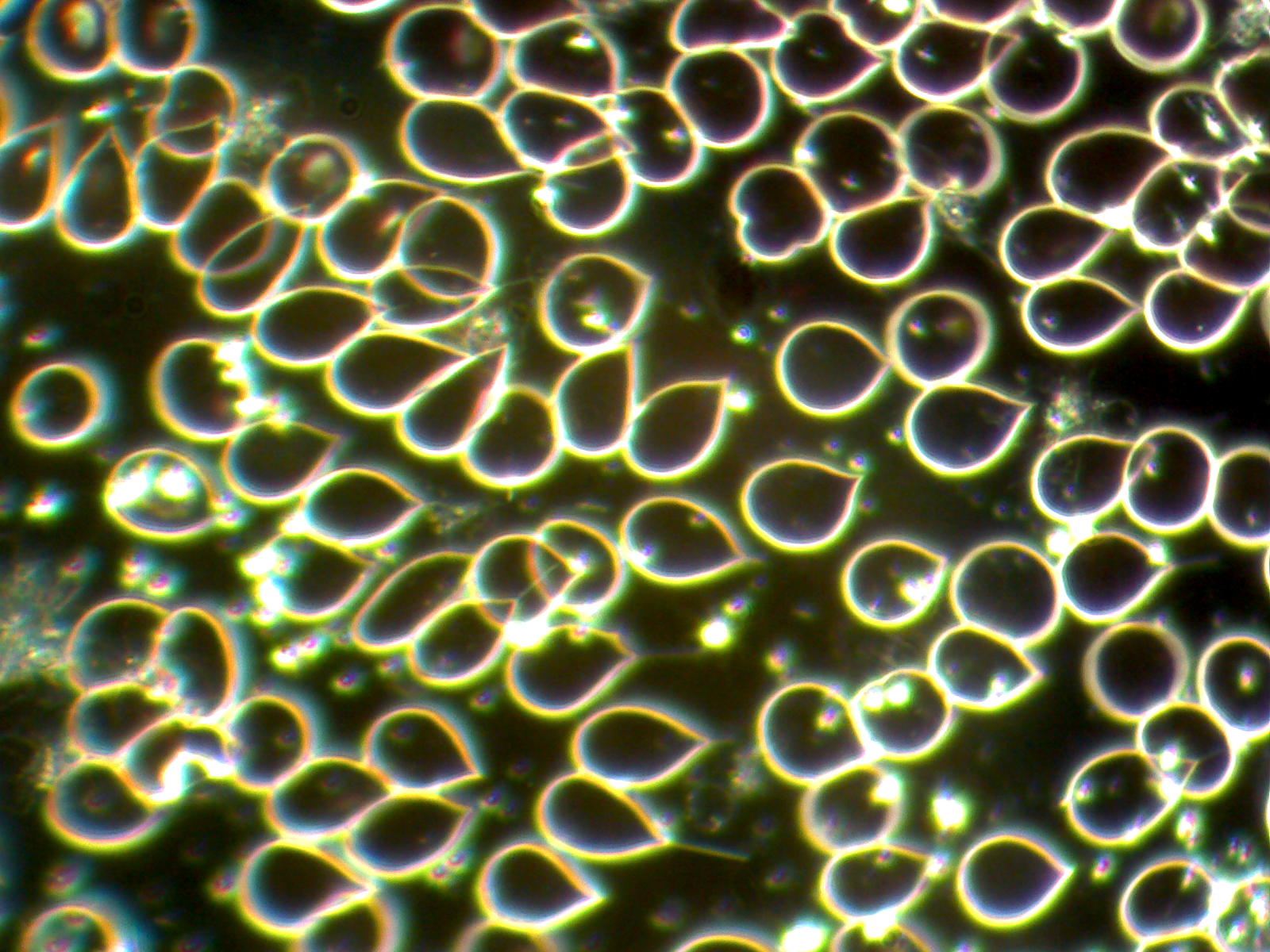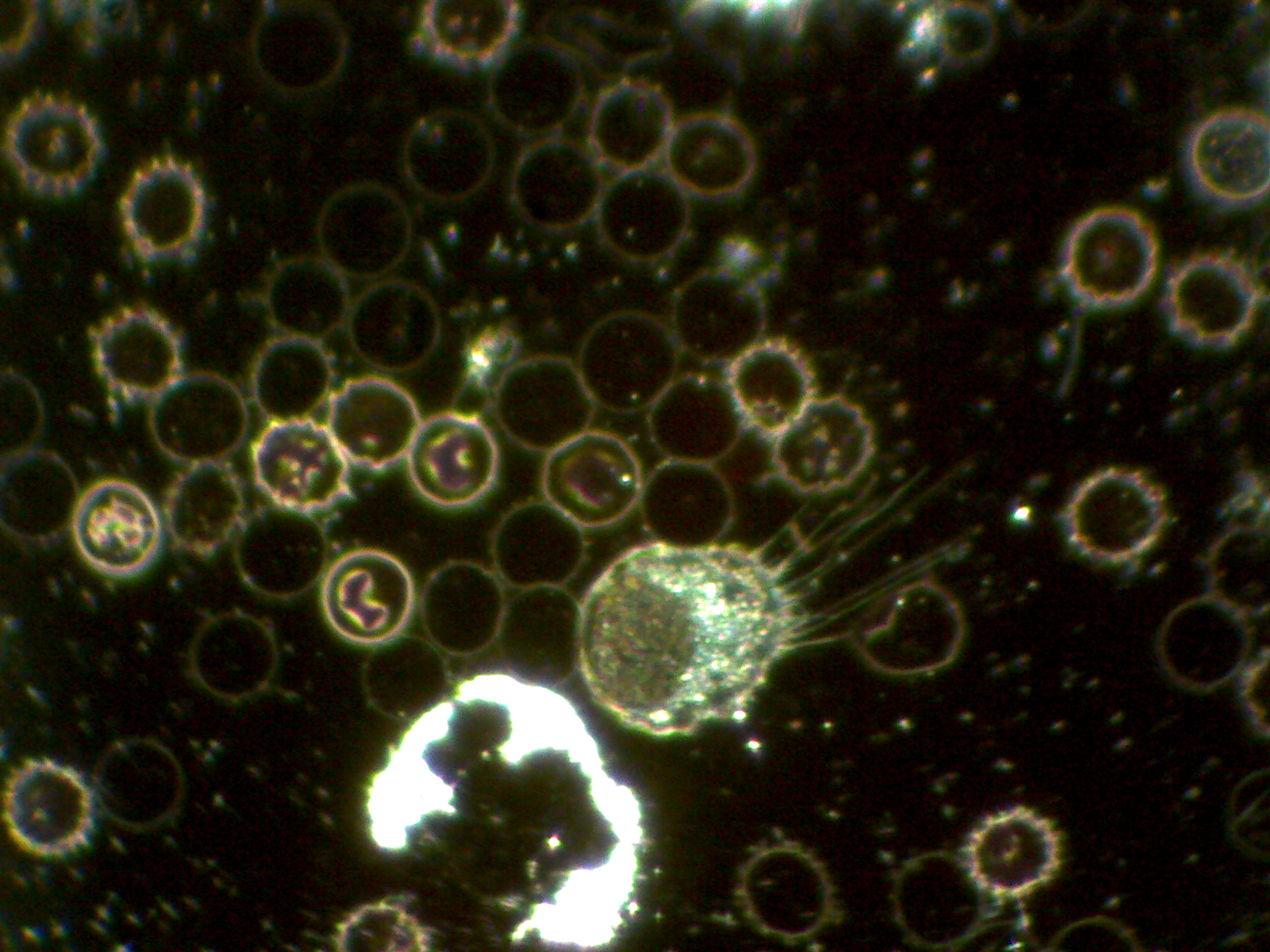We all scream for sunscreen!
We have been warned so much of the dangers of the sun that we all know not to get burnt by it. However, have we gone too far?
The Sun & Vitamin D
We have been warned so much about the dangers of the sun that we all know not to get burnt. However, have we gone too far? How much sun exposure do we need to get Vitamin D but not burn our skin? Are the high factor sunscreens always necessary and are they good for us? And why is vitamin D so important?
The sun comes out and we feel compelled by every cell in our body to bask in it, with good reason. The sun's UVB rays help our body make Vitamin D, which is vital for our immune systems, it influences virtually every single cell in our body and is one of nature's most potent cancer fighters. We really cannot underestimate how much we need Vitamin D or how little of it we get, especially in this part of the world.
Vitamin D is actually a steroid hormone. It is created by the sun's UVB rays, that are absorbed by our skin, and converted into Vitamin D with the help of cholesterol
Vitamin D interacts with our DNA and is directly involved with influencing over 200 of our genes.
At least a dozen studies have noted a strong link between multiple sclerosis (MS) and vitamin D deficiency
Researchers in New Zealand recently highlighted the importance of vitamin D in the prevention of gastrointestinal diseases, including cancer.
Having a vitamin D level below 20 ng/mL may raise your risk for depression by as much as 85 percent.
It is estimated that there are over 1 billion people worldwide with inadequate Vitamin D levels.
What's wrong with sunscreen?
We are repeatedly told to cover ourselves with sunblock and protect ourselves from the cancer-inducing harmful rays of the sun. We cover our bodies and our children's bodies with easy to apply, high factor, sun tan lotion so that it will protect us from this potential harm. However sunscreens block 98% of the UVB rays that create Vitamin D and they contain lots of chemicals, some of which are known carcinogens. This can be dangerous because our skin can absorb everything that is placed on it. The pores of our skin open when we get hot so that we can sweat to cool off; as this happens the sunscreen's chemicals enter the top layers of skin and can then penetrate through to the capillaries and eventually into the blood stream.
What are these chemicals?
All the sunscreen ingredients listed below are chemicals known to cause harm and are linked to various diseases, not least of which are many types of cancer. What is more worrying is that sunscreen sprays are especially harmful to children as the micro particles can be inhaled and can damage their lungs and get absorbed into their blood.
- menthyl anthranilate
- octocrylene
- methoxycinnamate
- parabens
- pthalates
- synthetic musks
- retinal and retinol palmitate (vitamin A derivatives)
- PABA
- octyl salicylate
- oxybenzone
- cinoxate
- dioxybenzone
- phenylbenzimidazole
- homosalate
Here is a link to a great guide on sunscreen chemicals.
SAFE sun exposure is the answer
We need the sun. Sunlight triggers the production and release of hormones, like serotonin - responsible for mood and mental focus; and melatonin - which is responsible for normal, healthy sleep patterns. Moderate sunlight has anti-cancer benefits which are most likely related to vitamin D production. Many skin conditions can be helped by exposure to sunlight: psoriasis, eczema, jaundice and acne. And there is preliminary research showing that sunlight can help several other conditions like rheumatoid arthritis and inflammatory bowel disease.
As a general guide, exposing large portions of your skin, like your arms, legs, chest and back, to the sun for 10 to 20 minutes between 10 am and 2 pm will allow your body to reach saturation point for vitamin D. Any more sun exposure is actually bad for us, causing heat stroke, sunburn and dehydration. Here is a link to a more comprehensive guide on safe sun exposure.
If you want to continue sunbathing then apply a natural sunscreen, here is a recipe for making your own. Otherwise, cover up with clothes or stay in the shade.
You can also build up your exposure to the sun gradually so that your skin adjusts and creates more melanin to protect your skin from within.
One option is to find a safe tanning bed that uses electronic ballasts to create the light, and only have short bursts of a few minutes exposure at a time. This can be useful in the winter months to keep vitamin D levels up, and can build your melanin levels in the build up to summer.
And...whatever you do, DON'T BURN!
My nutrition advice for glowing, summer ready skin:
- Eat the rainbow - lots of fresh multi-coloured fruit and vegetables, full of antioxidants and phytonutrients to protect you from the free radical damage caused by sun exposure.
- Natural Moisturisers - after a day in the sun, use natural and pure moisturisers like coconut oil, aloe vera gel (great for cooling and healing the skin after sun burn) or make your own moisturiser from natural products.
- Skin brushing - this is a wonderful technique. It can help get rid of dead skin cells, improve circulation in the skin, reduce appearance of cellulite, increase the production of fresh, young skin cells and improve uneven skin tone.
Below are a list of links to useful websites, articles and charts from safe sun exposure to how to check your Vitamin D levels
Natural Sunscreen Products - http://www.jasonnaturalcare.co.uk/best-sun-cream/
Guide to safe sunscreen exposure - http://articles.mercola.com/sites/articles/archive/2009/10/29/how-much-sunshine-does-it-take-to-make-enough-vitamin-d-perhaps-more-than-you-think.aspx
Sunscreen chemicals and their negative health effects - http://www.ewg.org/2015sunscreen/report/the-trouble-with-sunscreen-chemicals/
Sunscreen benefits - http://www.lifehack.org/articles/lifestyle/10-amazing-health-benefits-sun-exposure.html
Vitamin D dosage chart - http://grassrootshealth.net/media/images/chart-serum-level-intake-5-by-3-ngmla-both-charts-single.pdf
A simple, affordable, vitamin D test - http://www.vitamindtest.org.uk/
Food that is good for you tasting like it shouldn't be!
Nachos and Guacamole
I have always loved food. I have always loved food that is ‘bad’, you know, chips, crisps, chocolate
Since having to change my diet, quite radically, just to be well enough to get out of bed, I have been hunting for food that may taste like it’s bad for me but is actually good for me.
Nachos and Guacamole
Gluten and dairy-free nachos and guacamole
I have always loved food. I have always loved food that is ‘bad’, you know, chips, crisps, chocolate.
Since having to change my diet quite radically, just to be well enough to get out of bed, I have been hunting for food that may taste like it’s bad for me but is actually good for me.
I offer you a healthy take on nachos. It’s free of all the baddies like trans or hydrogenated fat, sugar, refined carbohydrate, additives, preservatives, or gluten. It’s loaded with good fats, healthy activated nuts and seeds, a variety of vegetables, and a cheese sauce that hasn’t a drop of dairy in it.
The thing I’ve noticed about eating the way I do now is that it doesn’t take much to fill me up. The food is nutrient dense, loaded with such a variety of nutrients that it satisfies our body’s needs.
These nachos are a complete meal.
Tortillas
I make my own. They are not made of corn, they are made of sunflower seeds, linseeds and a variety of veggies and herbs all blitzed up together and then spread out on a lined baking sheet (if using an oven) or on a teflex sheet for use in a dehydrator. When they are ready and have reached the desired crispness, you can break the cracker sheets up into tortilla-sized pieces. I keep a big box of these in my cupboard in a sealed container so they stay crisp and use them for all manner of dips and spreads. They satisfy my crisp cravings…mostly!
In all my recipes I use organic wherever possible, so take it for granted that for the optimum healthy recipe, it has to be organic.
Spirulina Crackers (green ‘tortillas’)
Two cups of sunflower seeds
Two cups of linseeds
Four onions
Two tablespoons of dried thyme
Three teaspoons of celtic sea salt
Two teaspoons of smoked paprika
Lots of black pepper
Four tablespoons of spirulina powder
Method
Soak the sunflower seeds and the linseeds for four hours in purified, filtered water, in separate bowls.
Use 3 cups of water for the linseeds, they will soak it all up. For the sunflower seeds, just cover them with water, topping them up so that there is a depth of at least 2 inches of water above the seeds. They will need draining and rinsing after 4 hours of soaking.
Why soak? We are asking the seeds to open up for us, so we can access their nutrients. By soaking them we are activating them and turning them from a dormant seed to a germinating seed. This converts the enzymes within them that preserve the seed from rotting so that when the conditions are right for growth, ie, there is water available, the enzymes deactivate. If you want all the nutritional benefits of nuts and seeds, you have to soak them, otherwise the enzymes will prevent you from absorbing their goodness.
Put the soaked sunflower seeds into a blender and whizz-up to a fine meal consistency. Empty out and put aside.
Roughly chop the onions and put them in the blender and whizz them up too, not to a pulp but chopped fairly fine and the juices released.
Put them in the bowl with the sunflower seeds.
Now add the linseeds and all the other ingredients and mix.
I find it best to do this by hand.
Spread the mixture out onto a lined baking tray, either a dehydrator tray or oven tray.
Oven – put on low as you can for a ‘raw’ cracker– 100/110 – and bake for a few hours or so, keep checking the consistency. You may need to flip it half way through to dry out the other side. You can put the oven up higher to bake them quicker, they won’t be ‘raw’ crackers, but will be nice and crisp.
Dehydrator – dehydrate them until desired crunchiness has been reached at a temperature of 100/110 f. You will need to flip them half way through.
Once they are done, you can just break them up into shards and store in an airtight container, they will stay fresh for weeks. You can also score them half way through the cooking process to create even sized crackers.
Fresh, delicious and good for you. Guacamole.
Guacamole – who doesn’t know how to make guacamole? There are so many options... the base is always avocado, lemon or lime juice, garlic, salt. You can add chopped tomato, finely-diced chilli, fresh coriander, halepenos, cumin, coriander, smoked paprika… the variations can be endless.
Salsa
So, so simple to make, crunchy, tangy, sweet and sour, all in one mouthful. Chopped tomatoes, chopped coriander stalks and all, finely diced red onions, lemon or lime juice and a bit of sea salt.
Leave it to stand for a bit so the lemon juice and salt draw out the juices from the tomato and onion, which not only softens them but then creates a luscious, tangy marinade for all the ingredients.
The flavours and textures combine to create a really satisfying treat. Crunchy tortilla, soft, salty, fiery guacamole, tangy and fragrant salsa, and then the creamy ‘cheese’ sauce – the cherry on the cake so to speak.
Cashew Cheese Sauce
This needs a little forethought, as you will need to soak the cashews for an hour or so before- hand. This softens them and makes them more suitable for ‘creaming’.
All you need to do then is blend them into a butter-like consistency, along with salt, a bit of garlic, a few squeezes of lemon juice. You can use this as you would a mayonnaise too, so it’s handy to have some in a sealed jar in the fridge. It can be spread on nori sheets when making ‘raw suchi’ too.
Assemble as you would like… but do remember the crunchiness of the tortillas will soften once they get a little wet… I like to keep them separate, unless you are going to scoff the lot quickly, so there’s no risk of floppy tortillas on your watch!
My kids love them!
Live Blood Analysis - A History
Live Blood Analysis…doesn’t exactly roll off the tongue does it? It also requires some explanation as to what on earth it is.
Well, it’s a blood screening method that uses a powerful microscope to look at a drop of capillary blood. You can see in a fair amount of detail the size and shape of the cellular elements of blood as well as whatever is happening in the blood plasma, otherwise known as extra-cellular fluid.
Sounds very scientific doesn’t it? But the interpretation of the blood has caused some controversy over the years and today it’s use as a tool for determining ways to improve health has been questioned.
It all started in the 16th century with the invention of the microscope. At first you could only magnify objects 20 or 30 times their normal size. But within 60 years the microscope had developed to be able to magnify objects over 200 times. This was the first time that we were able to see blood cells, and indeed even know that they existed. We were also able to discover and view bacteria and sperm for the first time. The meaning of life, cause of disease and the whole question of creation was being ‘put under the microscope’!
This lead to much researching and questioning as to what it was that was being seen under these new powerful microscopes? It was Louis Pasteur’s Germ Theory that was elected by modern medicine to be the most believable explanation, but not necessarily because it was right. This theory stated that there is a germ for every disease (can be overlaid to our modern medical theory of late, that there is a gene for every disease) and if you can identify the germ that causes the disease and you can manufacture some agent that can kill that germ, then voila, the disease can be cured.
Louis Pasteur and Antoine Béchamps
Up until this point blood was presumed to be sterile and so the cause of disease had to be something that invaded the body, namely germs. But, microscopy allowed a different view of the blood. And there were many microbiologists that found microbes in the blood.
Antoine Béchamps the scientist that, after studying healthy and diseased blood under the microscope, came up with an opposing theory to Pasteur’s. He proposed the theory that blood is not sterile, it harbours tiny ‘seeds’ of bacteria that are symbiotic to our health unless, and this is the important bit, the internal environment of the body is not optimal.
“the microbe is nothing, terrain is everything”
These words were said by Louis Pasteur on his deathbed, finally admitting his mistake and agreeing with Antoine Béchamps. But it was too late. Modern medicine’s wheels were already firmly in motion and there was no stopping it.
To this day pharmaceutical companies still search for the agent that will cure disease rather than looking at what is going on inside the body of the diseased person.
My microscope can magnify up to 1000 times, a bit more powerful than the ones used back in the 16th century, and I follow the Bechamps' line of thought which goes something like this;
The body can protect itself against disease if the internal environment of our body, the extra-cellular fluid and the blood that bathes all our cells is at its optimum.
Rather than trying to find a specific nutrient deficiency, or a specific food causing an allergy or a defected biological process, I use the microscope to look at my clients’ internal biological terrain. The blood represents this terrain beautifully as it flows through every muscle, bone, organ, nerve and all other tissues delivering nutrients and clearing away the wastes.
Most modern research and funding is geared towards discovering the pharmaceutical cure for disease and not continuing the research of Béchamps. There are however plenty of doctors and microbiologists that continue, mostly on their own rather than supported by universities, governments or pharmaceutical companies, to try and further this idea that the biological terrain of the human organism holds the clues for our desire to achieve true health.
I believe that a good Live Blood Microscopist can help in this quest, as long as the examination of the blood is combined with an understanding of how the body works and what it needs in order to maintain a healthy internal terrain. LBA can be used as a valuable screening technique as well as an educational tool for clients and a way of checking health progress over the course of following a health protocol.
The Case for Live Blood Analysis
Heavy metal sedimentation
Our blood is the vital fluid of life
Its condition is of paramount importance to the state of our health. Blood is responsible for transporting and delivering oxygen and nutrients to every cell in the body, and for picking up carbon dioxide and waste products for delivery to the organs of elimination. It also carries the immune system's white blood cells that are responsible for keeping us free of the pathogens that make us ill.
From Under a Microscope
In live blood analysis a drop of blood taken from a finger prick is examined under a darkfield microscope. This illuminates the sample as shown in the examples on this page and the practitioner is able to evaluate the sample from a health point of view. The blood picture is seen on a computer screen and the client can view it and discuss it together with me. The computer allows me to save pictures and video clips of your live blood sample.
The evaluation is nutritional. From the blood picture the practitioner is able to show you what might be arising from your current lifestyle and diet. We are concerned with keeping your terrain healthy, as Claude Bernard pointed out in the quote above so many years ago.





